Female Rage is My Favorite Literary Genre
The antidote to anger is reading about a manic female protagonist.
Let’s get this out of the way: I don’t like genre fiction.
What better time to rip off the bandaid about my extremely snooty taste in books than in my first official letter.
Hi, my name is Andie Jo, and I have a particular vendetta against pulp fiction, popular fiction, genre fiction like romance and thriller, or more oftentimes known as “booktok” books. Hearing the uttered words of “ACOTAR” will send a shudder down my spine and elicit a congenial smile to the other person, letting them know telepathically that I would not like to take their recommendation for a new smut novel, no thank you.
Call it my English class and college major roots, a penchant for having a head in a book since I could walk, or maybe a smidge of a superiority complex around literature because yes, I do think I’m better off because of it.
I will be the first to admit I am a smart-ass about books. I will enthusiastically share novels that I think are worth reading, contribute to our literary canon, and are not killing off our brain cells one-by-one with a fifth-grade reading level vernacular.
All this to say, if you enjoy reading that kind of fiction, by all means: read on. But this is my newsletter, so I make the rules.
My favorite vein of literary fiction is female rage.
I have developed this particular taste in fiction brick-by-brick: through the bildungsroman of my own life coming-of-age as a Gen Z x Millennial woman from California, through oscillating through reading eras of classics, Y/A dystopian a’la Maze Runner and Hunger Games, modernist feminist fiction from the early twentieth century (which I will get to later on), and from finding a vein of contemporary fiction that speaks to me in the current state-of-the-world. For what it reveals and illuminates about what it means to be a woman, right now.
Female rage fiction is somewhat of a self-coined category as well as a genre rising in popularity among readers, bookstores, and Internet discourse.
Female rage fiction or feminist rage fiction is almost always characterized by an imperfect, reckless, and angry female protagonist. I see myself in these types of women characters and my own short stories and writing samples are littered with them: emotional, unpredictable, dynamic, complex, far from idealist humans.
Anger is an emotion that we most often see represented in men. Either from our every day lives, or depicted in media. When we do see anger represented in women, they are deemed outcasts, manic, and broken. But anger is a very normal human emotion. And as it turns out, it can be processed and synthesized from reading about other angry women.
Rage will Destroy You.
I remember in vivid detail the first time I experienced rage.
It is a particular emotion that will have you seeing red, and you will know it when it finds you. It is an emotion of retaliation against societal and cultural expectations of women.
The first time I experienced seething, infuriating, all-consuming rage, was towards a male ex-boss. He used his status at a start-up to hire a team of all women (when he used every opportunity to point out why he thought men worked harder, smarter, etc.) and had them carry out odd, seemingly useless tasks, drive overall business direction, but blame the team when things didn’t go to plan. He filled his day with scheduling premeditated messages that had a grueling undertone of disdain, and took every opportunity to talk down to anyone he worked with. He used words like sloppy, lazy, and stupid.
This was an experience from many years ago, and I still remember in detail the raw emotion of unfettered, gripping rage that filled me every day.
If you’re a girl reading, I don’t have to spell it out for you. Dozens of gendered micro aggressions occur every week, every month, every year to us –contingent on the types of spaces we occupy and how male-dominated they tend to be.
I called my mother on a sunny day while working for this horrible boss, while on a walk to clear my head. Her advice to me was, and always has been: “Rage will destroy you. You have to let that shit go.”
Art is Therapy, Literature is our Escape
As I’ve gotten older and put many years in between myself and this experience with rage, I still experience those strong feelings from time-to-time.
What has kept me sane is the following book list.
In my disgruntled anger, anguish, manic depressions, and anxieties: I escape into literature, as I always have. I find myself in a character and escape into their story, into their experience with anger, rage, heartbreak, frustration, burnout.
My Top 8 on Female Rage
Without further ado, here are my top 8 literary titles of the female rage genre from contemporary authors, and they might help you process your own.
Animal by Lisa Taddeo
Taddeo can do no wrong. I recommend all of her books, namely her collection of short stories, Ghost Lover, and her non-fiction gem, Three Women. Animal is the truest depiction of female rage in a single protagonist. A scorned lover, an isolated, broke artist, a jaded lady of the night craving human touch, a middle-aged woman experiencing the hormonal eclipse of menopause, pregnancy, miscarriage. Taddeo is a great example of a contemporary female author championing the interests and complexities of being a woman in today’s world. Animal’s plot symbolizes the journey of rage being processed through a body, through a psyche. I hung on to every word.
Best For: Your luteal phase.
Gone Girl by Gillian Flynn
I will never forget the reading experience of the plot twist that is our protagonist showing up speeding down a highway, very much alive and binging junk food while blasting the radio and hating her husband. I’m certain that nothing will ever quite top that moment, and for the record, I think that David Fincher’s movie adaptation was honestly just as good. Gillian Flynn’s characters are deeply flawed, twisted creatures, and delectably relatable. Gone Girl will forever live on as a classic of this genre – the true plight and plot of an angry wife, and the lengths she will go to to exact her revenge.
Best For: A thriller beach read.
A Certain Hunger by Chelsea Summers
This debut novel from Summers is *chef’s kiss.* Our female protagonist is a serial killer and a psychopath, which she admits to us from the first page – a lovely subversion of Bret Easton Ellis’s American Psycho. While she is addicted to killing men, she is also addicting to having sex with them, and she interweaves in great detail the experience of both, while also describing the euphoric experience of tasting food as a restaurant critic. Sex, murder, food – these delicacies and indulgences delight in vivid, winding descriptions of prose. I love this book and what it says about female indulgence and pleasure as a subversion of iconic male psychopaths from pop culture and male violence as a whole.
Best For: Main character moment on a solo-date at a wine bar in New York City.
The Bell Jar by Sylvia Plath
What Taddeo’s Animal is to anger is Plath’s The Bell Jar to manic depression. Reading this book is a canon event. If you haven’t yet – I am jealous of you. Our protagonist starts out as one of those romanticized, “has it all” main characters of a 2000s rom-com a’la 27 Dresses or 13 Going on 30: a bright-eyed and bushy-tailed twenty-something that has landed a fashion or writing job in New York City, and has the whole world ahead of her. Then things take a sharp turn, or rather, a sloped, winding decline. Plath’s protagonist slowly unravels, and then disintegrates all at once. It’s a deafening portrait of manic depression, and a horrifying look at how this mental illness was treated back in the 1960s. And we can’t forget about the iconic Fig Tree metaphor that went viral on the Internet last year.
Best For: your Lana Del Rey and comfort food time-of-the-month.
Sex and Rage by Eve Babitz
I have a soft spot for Eve Babitz as a girl born and raised in Los Angeles myself. Her descriptions of Southern California coastal towns and Hollywood streets are nostalgic and spot-on. But moreso is her iconic protagonist, Jacaranda. I believe this is Babitz’s best show at fiction, and probably because it most closely aligned with her non-fiction and real life living in the rock-n-roll era of Hollywood. This character will grip you and lead you on a wild turn of events, and you’ll hold on for dear life hoping she doesn’t make another wrong choice. She’s every girl’s “party-girl era.” Also, shout out to this cover and its stunning display of typographic kerning.
Best For: The plane ride to the bachelorette trip.
Play It As It Lays by Joan Didion
Another Los Angeles writer whose work is best in non-fiction and memoir, but her best show of fiction (in my humble opinion) is this title. While other titles might depict rage in a more literal sense, Didion’s protagonist has a bleak show of apathy that verges on violence. Our protagonist is caught in crisis with a toxic husband and forced to be compared to alongside other women in the entertainment industry. Didion has sharp, sparing language with iconic one-liners in this novel.
Best For: Your living room book, because the cover is divine.
Girl, Woman, Other by Bernardine Evaristo
This was my first time reading Evaristo and a book I don’t see talked about very often. It won the 2019 Booker Prize and masters the art of stream-of-consciousness writing style. We follow the lives of 12 different women, dispersed through 12 different chapters – all dealing with themes of racism, classism, LGBTQ-rights and issues, with the permeating undertone of the experience of being a black woman in the twenty-first century. Some characters are more angry than others, but most of the stories will stay with you for days after reading – their experiences and vignettes mesmerizing.
Best For: Getting back into reading; the novel is split up like a series of short stories, so it’s easy to set down and pick back up again.
Eilleen by Ottessa Moshfegh
If Ottessa has no fans, I am dead. Eilleen was the third book I’ve read from Moshfegh, but might as well be my favorite. It follows the story of a highly undesirable, reckless, self-sabotaging female protagonist, an almost grotesque display of poverty, addiction, and perversion. But Eilleen shows a heroic display of character development, one that will have you cheering her on even amdist immoral and unethical plot twists and decisions she must make. Moshfegh always has a way of making her plots almost fable-like. Maybe it’s the way she weaves myth and metaphor through her prose, but her stories stay with me the way classics sit inside you like kidney stones. It’s no wonder one of her big influences has been the queen of thriller and horror herself: Shirley Jackson.
Best For: Reading during spooky season (October) or snowy holidays.
Further Reading on Female Rage:
The Functions of Female Rage by Megan Nolan
The Rise of Female Rage Fiction by Cassie Joy
Female Rage in Art by Martha Teverson





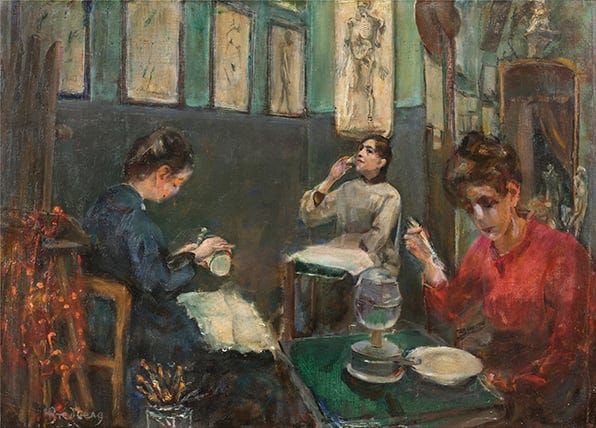
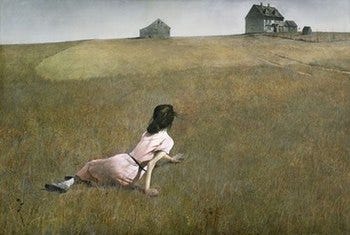

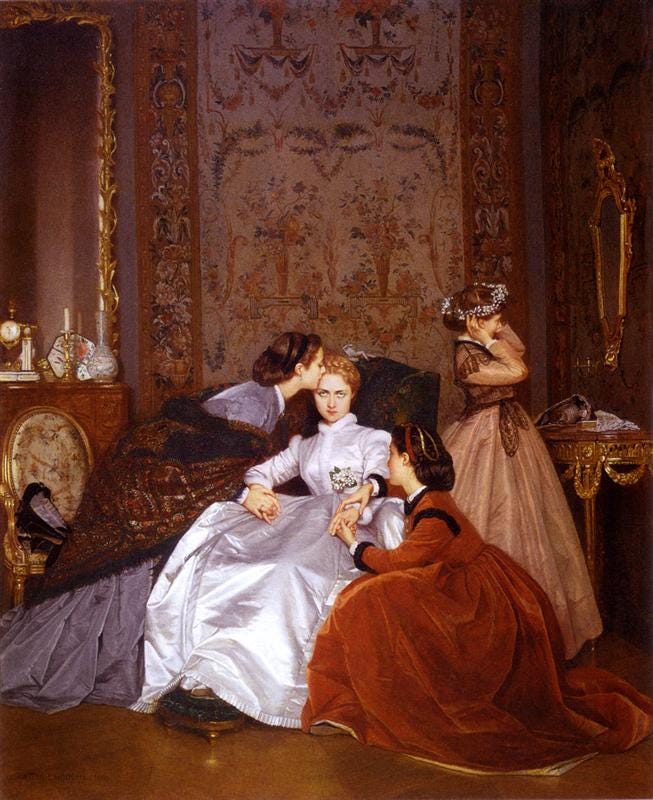
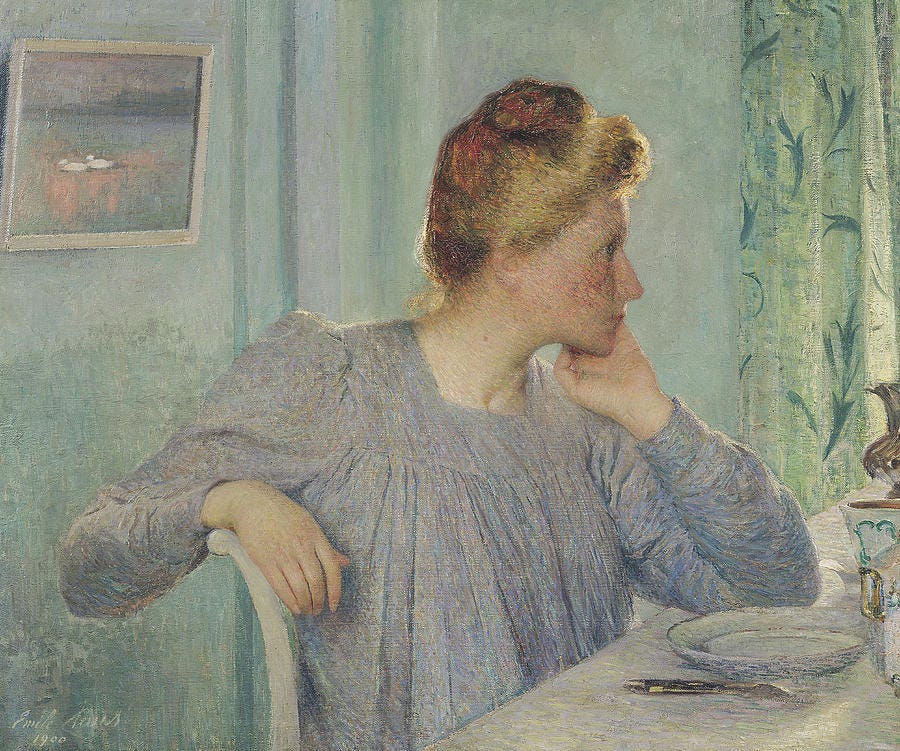

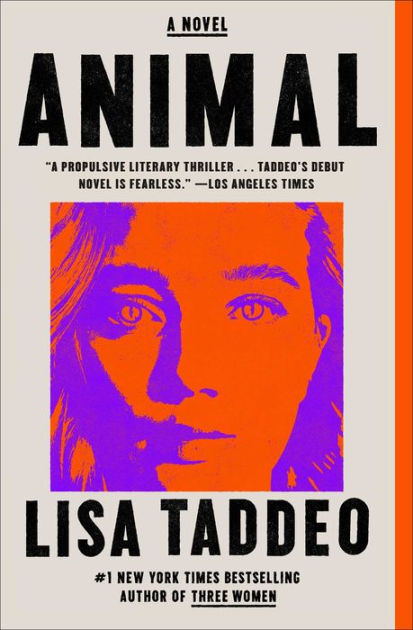
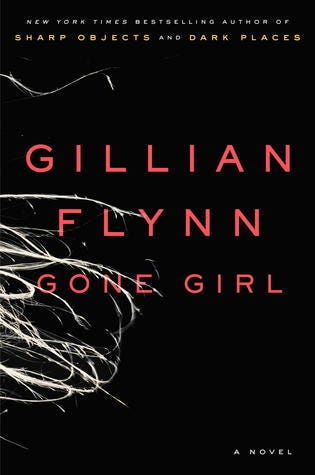
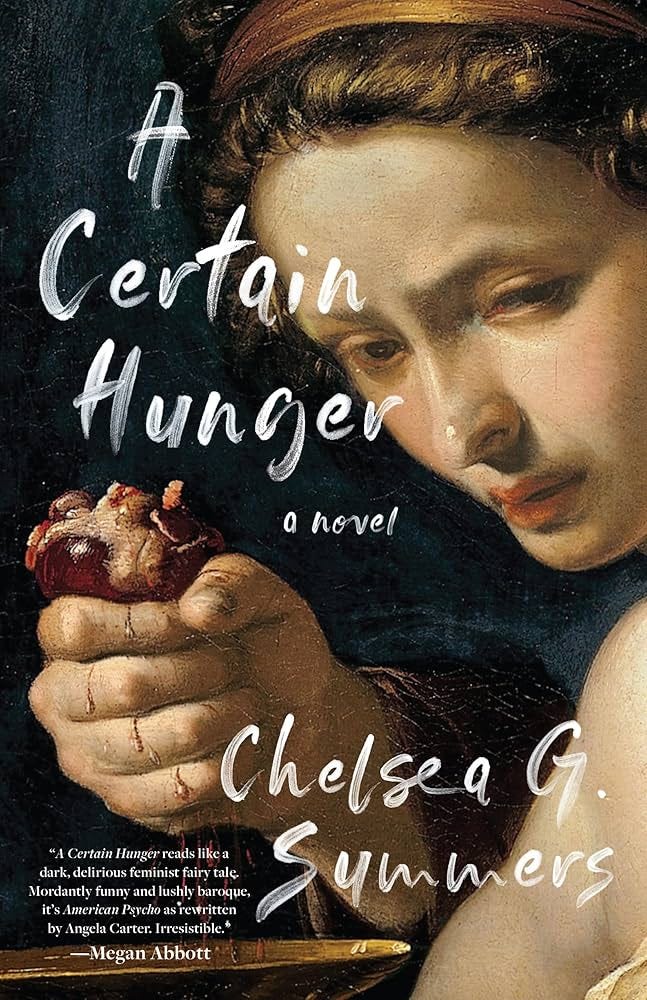
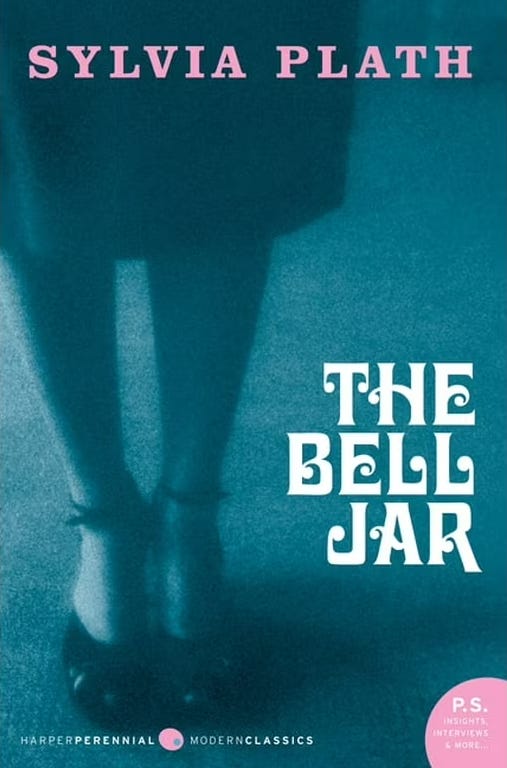


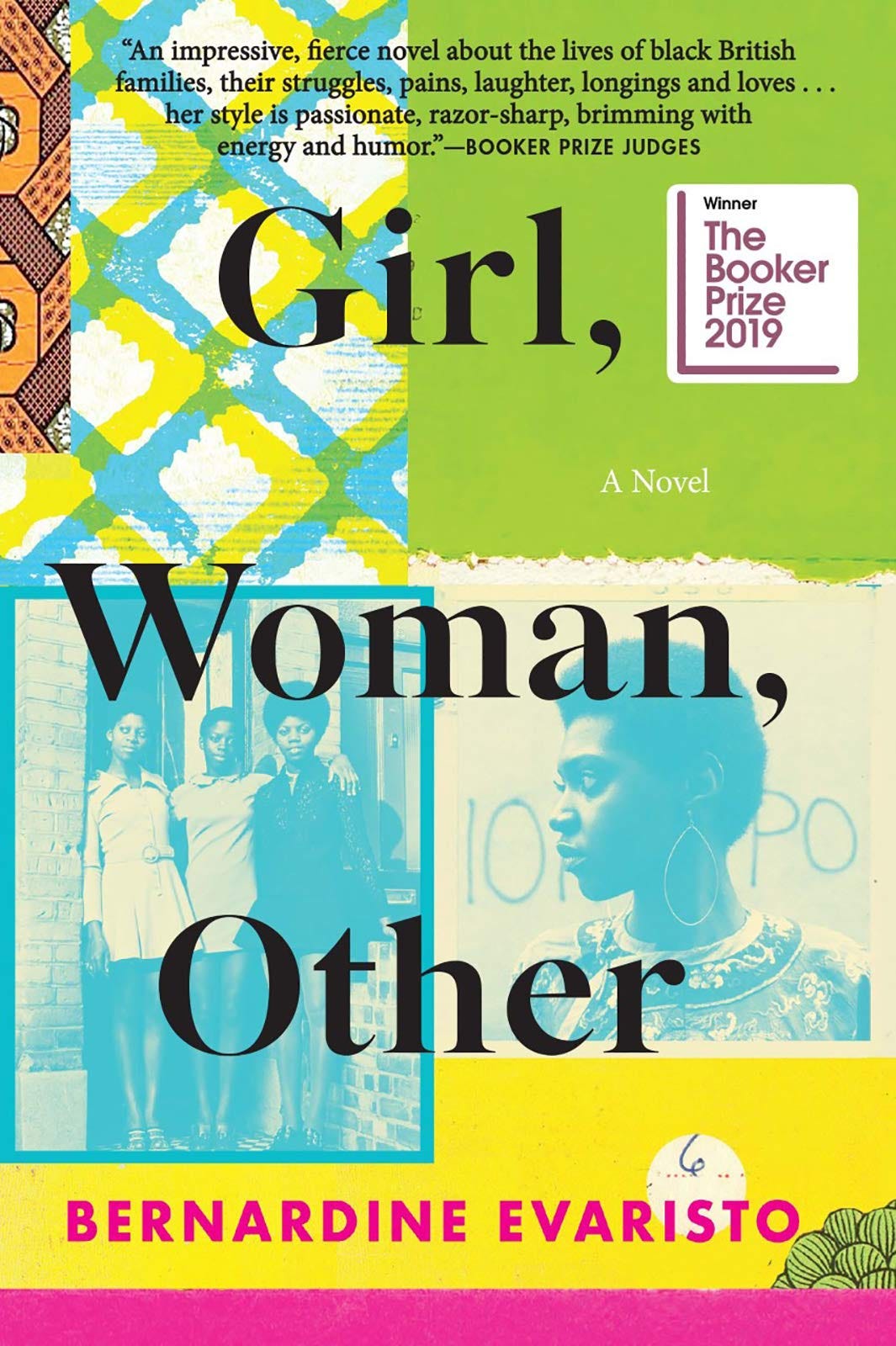
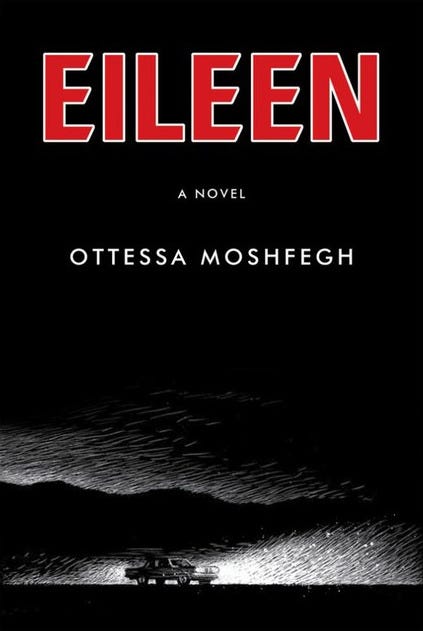
I want to read all 8 rn
adding all of these to my list 📖📖📖📖